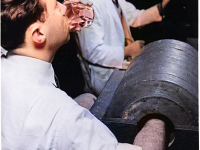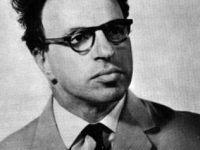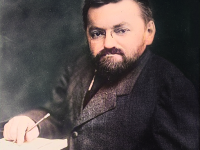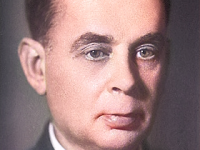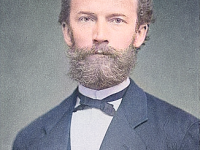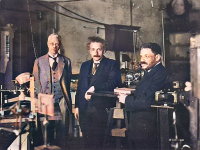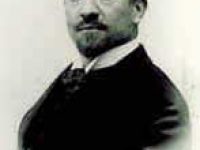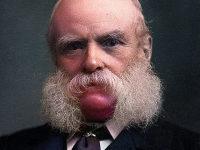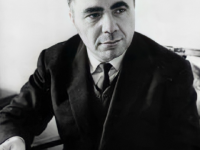Joseph Hamilton and the Health Effects of Radioactive Isotopes
On November 11, 1907, American professor of Medical Physics, Experimental Medicine, General Medicine, and Experimental Radiology Joseph Gilbert Hamilton was born. Hamilton studied the medical effects of exposure to radioactive isotopes, which also included the use of unsuspecting human subjects. Education and Research in Radionuclides Joseph Hamilton joined the University of California and earned his Bachelors degree in Chemistry in 1929. He continued his education and studied medicine in Berkeley and also worked…
Read more

